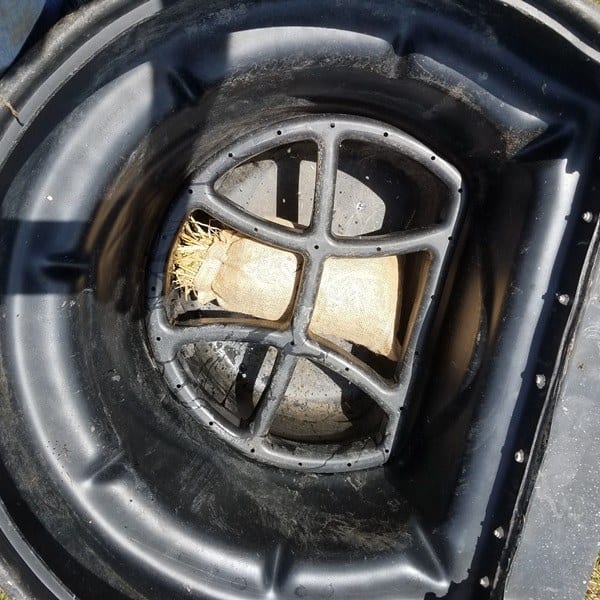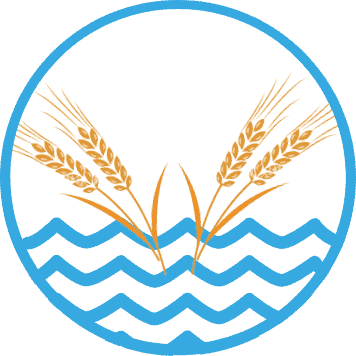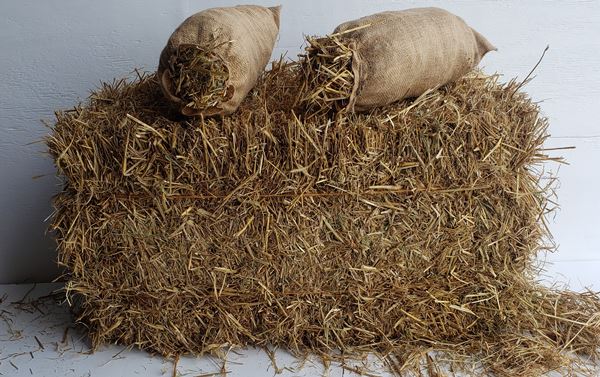Pond barley has been used for many years to help us keep our ponds clean and clear. Ever since a bale of barley straw fell off of a farmers trailer and into the farm pond, we have realized the effectiveness of barley straw to help us with pond maintenance.
How it Works
Barley straw is not magic and it is not a pesticide or herbicide. It is nothing more that barley straw. This is the stalk of the barley plant that is left after the grain of the barley has been harvested. Just like oat or wheat straw, it has also been used for many years as bedding for animals. But you should be aware, that neither oat nor wheat straw help to control algae. For whatever reason, barley straw is the only one that does that.
The barley does not act instantly to help control your algae, nor does it kill algae. You need to have the barley straw in your pond water for at least a few weeks before you see it begin to work. The barley needs time to decay in your water. As it decays, it releases a toxin that helps to inhibit algae growth.
The more quickly it decays, the more helpful it will be for your pond. The more natural, oxygenated and full of bacteria and enzymes your pond is, the quicker the barley will begin to decompose and get to work for you.
For best results, you will want to place the barley in an area of your pond where it will get good aeration. It can be floating in the pond just below the water, it can be sitting on the bottom near the edge. As long as it isn’t too deep, it should work. The deeper down you go into your pond, the less oxygen is available and the more slowly it will decompose.

If you have a waterfall box, then put your barley bale right below the rack that holds your filter. This will give it plenty of water flow and oxygenation to decompose.
Favorite Places to Put Barley Bales
- In the waterfall box below the filters – if you have one.
- Buried in the wetland filter – if you have one.
- In a deep stream section – disguised by rocks.
- Below a waterfall – disguised by rocks.
- Tied to the floating plant island – if you have one.
- Anchored to the side of the pond – floating.
- Weighted down and sunk to the bottom of the pond – in a shallow area.
- Near the pond aerator – if you have one.
All Natural
Our barley straw bales are all natural, certified organic barley straw that is hand packed into fully biodegradeable burlap sacks. If you put it in a good spot with plenty of waterflow and aeration, there shouldn’t be much left of this barley straw bale as it is all 100% biodegradeable and earth friendly. In the best case scenario, you can just add another one to your pond every few months to keep the action going at all times. Just leave the old one in there to keep working for you.
Since this is all natural barley, you will never go wrong adding too much, unless you just go nuts and dump a wheel barrow full of straw into your little backyard pond. It just takes some common sense. If your pond is somewhere around the size of your car or smaller, one 16 oz. bale is plenty. If it is twice the size of your car, you will probably want two. If you do have a very large pond, then you might need much more. Don’t forget to purchase some beneficial bacteria to go along with your barley bale. More bacteria is always great to help keep pond water clean, it helps the barley break down, and ours is, once again, all natural (except for the jug that it comes in, I haven’t figure that one out yet).
Happy Pondering,
Doug






